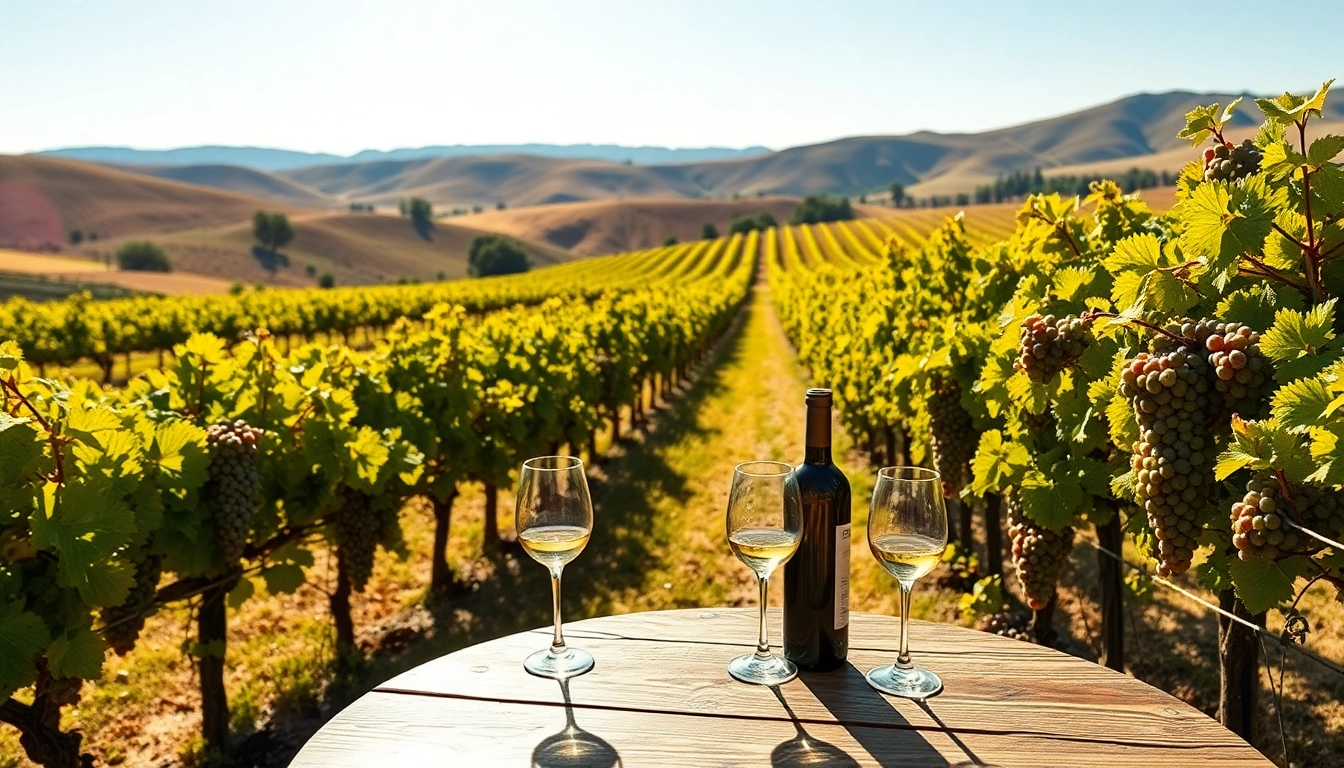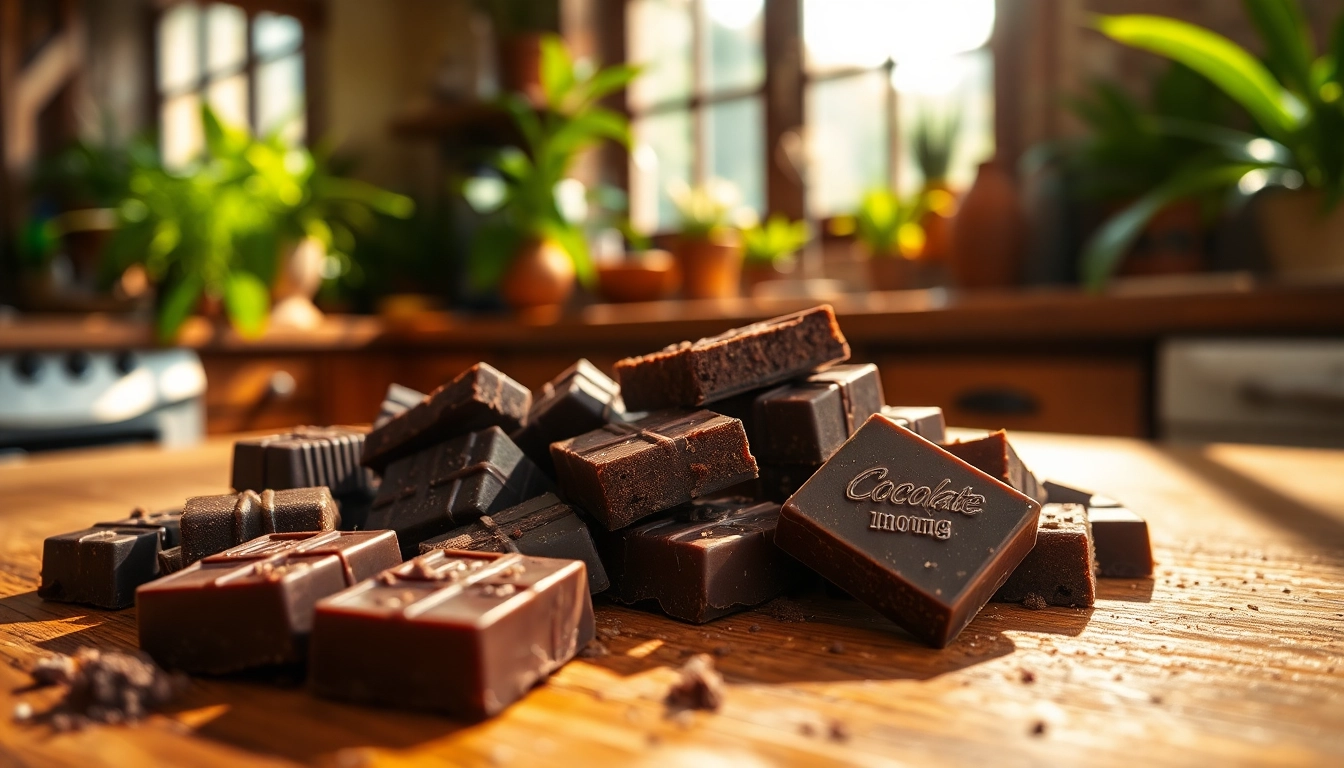Introduction to Sacramento Wineries
Nestled in the fertile lands of California, the Sacramento region is renowned for a vibrant wine culture and picturesque landscapes. With its unique climate and rich soil, it serves as a hidden gem for wine enthusiasts. This region is home to a plethora of vineyards offering an array of wines that capture the essence of California’s agricultural richness. From robust reds to crisp whites, Sacramento Wineries provide a diverse selection that appeals to all palates. In this article, we explore the historical significance, popular wineries, tasting best practices, and the future of wine in the Sacramento area.
Historical Significance of the Region
Historically, the Sacramento Valley has played a pivotal role in California’s wine industry since the 1800s. The arrival of Spanish missionaries and settlers brought viniculture to the region, with the first vineyards being established in the mid-19th century. Over the decades, Sacramento has evolved from a bustling Gold Rush town to a vital hub for agriculture and viticulture.
By the late 20th century, local winemakers began to focus on high-quality production methods, launching a renaissance in Sacramento. The region’s proximity to the Sierra Nevada mountains and its Mediterranean climate create excellent conditions for grape growing. Today, Sacramento Wineries showcase not just tradition, but also innovation, balancing heritage with modern practices.
Wine Varieties Unique to Sacramento
The Sacramento region is distinguished by its diverse varietals. Whether you’re fond of bold reds, light whites, or sweet dessert wines, there’s something for everyone. Zinfandel, once the state’s most widely planted grape, continues to thrive here. Merlot, Cabernet Sauvignon, and Sauvignon Blanc also flourish in local vineyards.
What truly sets Sacramento Wineries apart is their commitment to showcasing unique hybrids and lesser-known varietals. With the adoption of innovative agricultural techniques, winemakers are exploring grapes such as Barbera, Grenache, and even more experimental varieties. This diversity not only reflects the region’s agricultural potential but also enhances the wine tasting experience for all visitors.
Tourism and Wine Culture
The wine culture in Sacramento is deeply integrated into the local community, drawing visitors from near and far. Guided tours, private tastings, and vineyard explorations have become essential offerings, enhancing the wine tourism experience. Visitors enjoy engaging with passionate winemakers, many of whom are eager to share their stories and processes.
Wine festivals and events abound, providing opportunities for both casual wine drinkers and connoisseurs to indulge in the local offerings. Events like the Sacramento Wine & Food Festival not only celebrate the region’s wines but also its culinary arts, solidifying Sacramento’s role as the “Farm-to-Fork” capital of California.
Exploring Popular Sacramento Wineries
Must-Visit Vineyards and Tasting Rooms
Touring the wineries is an adventure in itself. From the critically acclaimed to the family-owned, each winery offers a distinct experience. Scribner Bend Vineyards, known for its breathtaking river views and award-winning Zinfandel, is a must-visit. The Undergound Tasting Room provides a cozy atmosphere with a rotating selection of local wines paired with artisanal cheeses.
Revolution Winery and Kitchen emphasizes sustainable practices and farm-to-table experiences. With a menu that complements its wine offerings, it stands out as a destination for both wine and food lovers. Frasinetti’s Winery, one of the oldest in the area, boasts a charming restaurant and a rich history, making it a favorite for tourists and locals alike.
Wine Events and Festivals
Sacramento hosts numerous wine-related events throughout the year, catering to all tastes. Events like “WINE STOMP! Harvest Festival” celebrate the grape harvest season, allowing attendees to participate in traditional grape stomping while enjoying live music and food. The “Sacramento Wine & Food Week” serves as a homage to the synergy of local cuisine and wine, featuring exclusive tastings, chef collaborations, and educational workshops.
Attending these events not only enriches one’s wine knowledge but also provides a platform for networking with fellow enthusiasts and local experts, fostering a greater appreciation for the region’s offerings.
Local Winemakers and Their Stories
The heart of Sacramento Wineries lies in the talented individuals who pour their passion into every bottle. Many winemakers come from diverse backgrounds, infusing their personal stories and cultural influences into their creations. It’s common to encounter winemakers who started their journeys as home-brewers or agriculturalists, driven by a desire to capture the essence of the land in their wines.
For instance, winemakers often share anecdotes about the origin of their vineyards, the challenges of sustainable practices, or the triumphs of creating award-winning blends. These stories create a unique bond between the winery and its visitors, transforming a simple tasting into a cherished memory.
Best Practices for Wine Tasting in Sacramento
Tips for First-Time Visitors
For those embarking on their first tasting adventure, preparation is key. Arriving with an open mind and a willingness to explore different flavors can dramatically enhance the experience. It’s advisable to start at a winery known for guided tastings, where staff can offer insights into the wines’ profiles, histories, and making processes.
Additionally, pacing is important. Instead of rushing through tastings, take the time to savor each sip. Engaging with the tasting notes and discussing them with friends or your tasting guide can lead to a more immersive experience. Lastly, always remember to hydrate and eat something beforehand, as this can help enhance your tasting experience.
Pairing Wine with Local Cuisine
Pairing wine with food elevates the tasting experience. Sacramento’s culinary scene reflects its agricultural roots, embracing farm-to-table principles. Local restaurants frequently collaborate with nearby wineries, creating seasonal menus that highlight regional produce and wines.
For example, a refreshing Sauvignon Blanc pairs beautifully with light dishes such as grilled vegetables or seafood, while a full-bodied Cabernet Sauvignon complements richer dishes like grilled meats or hearty pastas. Understanding these pairings can enhance the overall enjoyment and appreciation of both the wine and food.
Understanding Wine Labels and Regions
Navigating wine labels can be overwhelming, especially for novices. Each wine label provides essential information about the varietal, origin, and vintage. Familiarizing oneself with the basic terms can significantly enhance one’s wine appreciation. For instance, knowing that “Old Vine” Zinfandels typically come from vines aged 50 years or more can inform expectations about their flavor profile.
Additionally, being aware of recognized appellations can guide decisions. While Sacramento is known for its unique offerings, understanding broader regions like Napa and Sonoma can provide context. Wine enthusiasts should consider exploring regional differences to fully grasp the variety and nuances of Californian wines.
The Future of Sacramento Wineries
Innovative Practices in Winemaking
Innovation is at the forefront of the future of Sacramento Wineries. Many businesses are adopting cutting-edge technologies to enhance grape growing and winemaking techniques. This includes precision agriculture, which utilizes data analytics to optimize vineyard management and sustainability.
Furthermore, winemakers are experimenting with fermentation processes and aging methods to create new flavor profiles that appeal to modern consumers. This drive for innovation keeps Sacramento at the forefront of the wine industry, attracting both tourists and new winemakers seeking to carve out their niche.
Sustainability and Organic Growth Trends
Sustainability is becoming increasingly important to consumers, and wineries across Sacramento are responding by implementing eco-friendly practices. Many vineyards are transitioning to organic and biodynamic farming methods, minimizing their carbon footprints while maximizing the quality of their grapes.
This commitment not only boosts the reputation of the wineries but also appeals to a growing segment of environmentally conscious consumers. Visitors today are not just looking for great wines, but also sustainable practices that reflect a broader commitment to preserving the land and its resources.
Market Trends and Consumer Preferences
As the wine market evolves, so do consumer preferences. Recent trends indicate an increase in demand for lower-alcohol and lower-sugar wines, driven by health-conscious consumers. Sacramento Wineries are adapting their offerings to meet these demands, experimenting with lighter styles that maintain quality without compromising taste.
Additionally, there’s a growing interest in unique wine experiences, such as immersive tastings and vineyard tours. Wineries are recognizing the importance of creating memorable experiences for visitors, which not only enhances customer satisfaction but also fosters loyalty among consumers.
Planning Your Visit to Sacramento Wineries
Creating an Itinerary for Winery Tours
When planning a winery visit, crafting a thoughtful itinerary can significantly enhance the experience. Consider the types of wines you enjoy and select wineries accordingly. It’s often worth it to mix larger, well-known wineries with smaller boutique establishments to experience a range of offerings.
Additionally, allowing ample time for each visit ensures that you can fully engage with the staff, understand the wines being offered, and enjoy the tranquil vineyard settings. Make reservations when possible, particularly for guided tours or special tastings.
Transportation Options and Logistics
Safety should always be a priority when tasting wines, making transportation logistics essential. Many visitors opt for guided tours or shuttle services that provide safe transport between multiple wineries. For those who prefer independence, consider hiring a local driver or utilizing rideshare apps to ensure a safe return.
Additionally, understanding the distances between various wineries can help streamline your itinerary. The Sacramento region offers a concentration of wineries within close proximity, making it relatively easy to visit multiple locations in a single day.
Accommodations Near the Vineyards
Following an exciting day of wine tasting, finding the right accommodations can enhance your stay. Many boutique hotels and charming bed-and-breakfasts are distributed throughout the region, offering visitors an intimate experience. Choosing places that align with the local aesthetic can add to the overall enjoyment of the trip.
In addition, some wineries provide on-site accommodations or partnerships with local lodgings to enhance the experience. Staying close to the vineyards allows visitors to soak up the serene landscape and possibly enjoy a glass of wine while reflecting on the day’s adventures.

